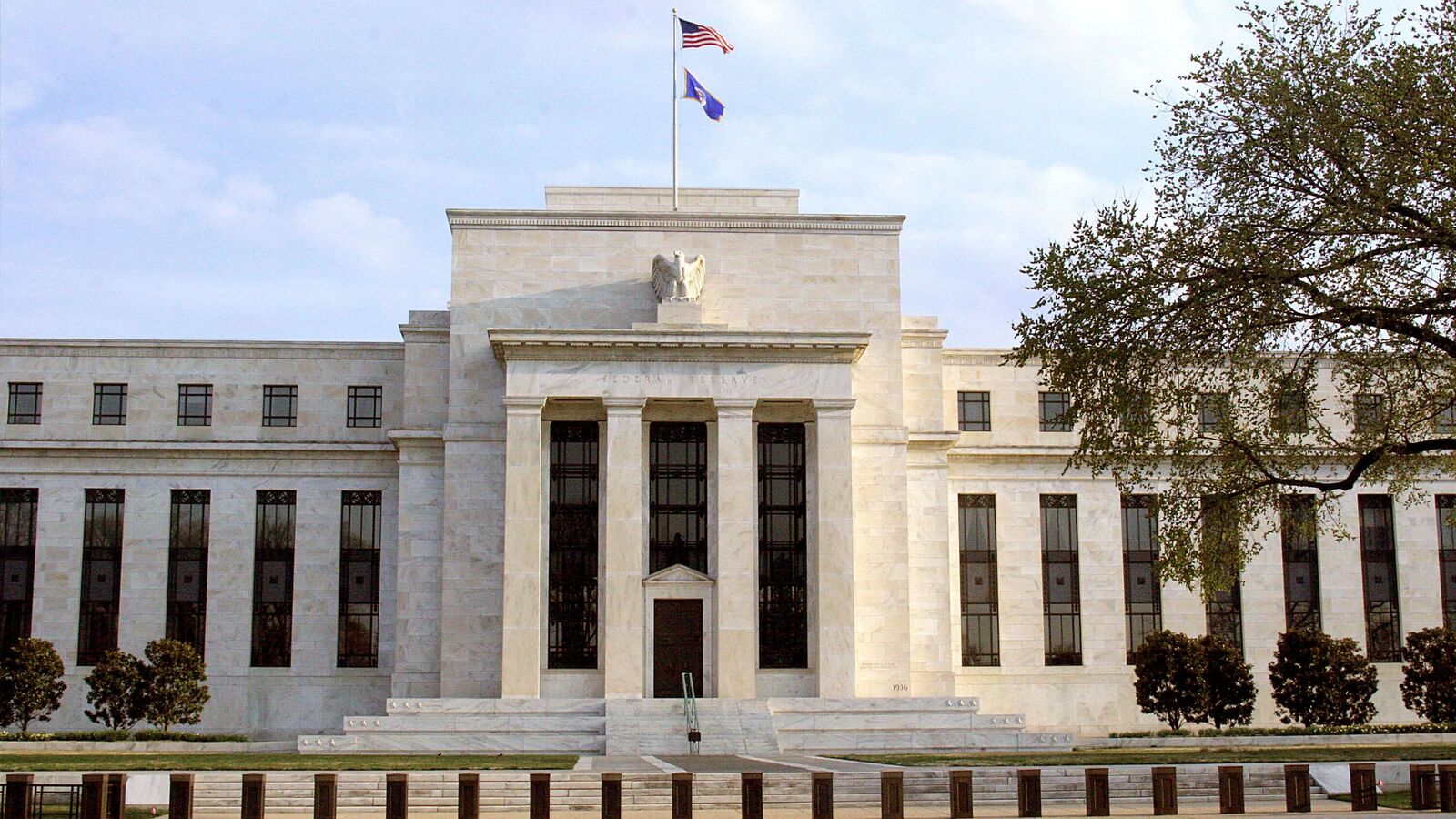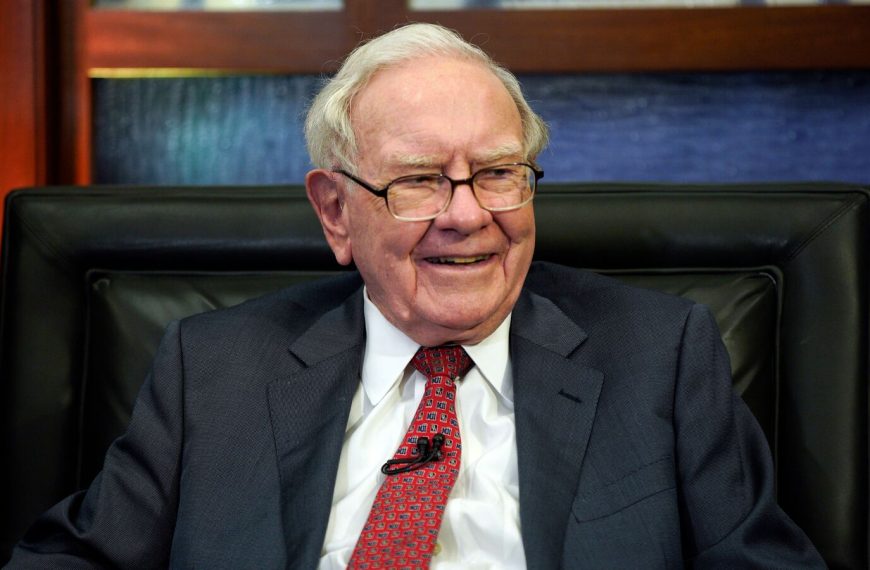On Friday, Barclays and Goldman Sachs shared their updated expectations regarding the U.S. Federal Reserve’s interest rate strategy, predicting that the next rate cut will occur in July. This adjustment in forecast stems from a robust jobs report that exceeded expectations. Initially, these financial institutions had anticipated a rate cut as early as June.
Strong Job Growth Amid Economic Concerns
Recent data revealed that nonfarm payrolls surged beyond forecasts in April, while the unemployment rate remained stable at 4.2%. Despite these positive indicators, economists express growing concerns about the overall outlook for the U.S. economy. Many still believe that the Federal Reserve will implement two interest rate cuts within this calendar year.
- Key Insights:
- Nonfarm payrolls exceeded expectations in April.
- Unemployment rate held steady at 4.2%.
- Economists expect two rate cuts from the Fed in 2024.
Trade Tariffs and Economic Impact
The shifts in economic forecasts coincide with President Donald Trump’s recent imposition of tariffs on a variety of imported goods, particularly targeting China. The tariff changes have prompted Federal Reserve officials to maintain current interest rates while they assess how these new trade policies influence the economy.
A recent report indicated a contraction of the economy in the first quarter—the first decline since 2022. This downturn was largely influenced by a spike in imports before the tariffs took effect. However, several key economic components, such as consumer spending, remain resilient.
Hiring Trends and Inflation Pressures
Despite a slowdown in hiring compared to past years, companies continue to recruit, and layoffs have been minimal. Progress in reducing inflation, which is currently above the Fed’s target of 2%, faced setbacks in late 2024. Nevertheless, some relief in price pressures was seen in March.
Economists are increasingly focused on how ongoing tariffs and various policies—including tax reforms and immigration regulations—might affect inflation and unemployment in the near future. A significant number of survey participants expressed concerns about rising unemployment and inflation, suggesting a potential conflict for the Fed’s dual mandate of controlling inflation and maximizing employment over the next year.
Divided Opinions on Fed’s Approach
The economists surveyed appeared divided on how the Federal Reserve might resolve the anticipated conflict between inflation and employment:
- 25% believe the Fed will prioritize inflation by keeping rates steady.
- 32% predict rate cuts to stimulate the economy.
- 43% expect an initial hold on rates, eventually leading to cuts as economic conditions weaken.
James Knightley, the chief international economist at ING, noted that tariffs could have a quick impact on inflation, which concerns Fed officials about possible secondary effects. He forecasts that while the Fed will likely pause in May and June, economic challenges stemming from decreased consumer sentiment and spending will prompt rate cuts starting in September.
Impact of Trump’s Threats on Financial Markets
Survey respondents expressed overwhelming concern regarding potential repercussions in financial markets should Trump attempt to dismiss Fed Chair Jerome Powell. Nearly two-thirds indicated that such an action would lead to a significant and prolonged market downturn or even a financial crisis.
In the wake of Trump’s public criticism of the Fed, he has shown no intention to dismiss Powell, following a drop in stock prices and a rise in Treasury yields. Philip Marey, a senior U.S. strategist at Rabobank, highlighted the growing tension between the Fed and the Trump administration, suggesting that the president may either seek to remove Powell or undermine his authority.
Conclusion
As the Federal Reserve navigates these complex economic challenges, it remains to be seen how their policies will adapt in response to both internal and external pressures. The path forward is fraught with uncertainty, but the focus on labor market strength and inflation control will be pivotal in shaping monetary policy decisions in the coming months.











